The Evolution of Cardboard Displays in Marketing
Cardboard displays in marketing have evolved from humble packaging solutions to powerful marketing tools that shape consumer purchasing decisions. From basic point-of-purchase (POP) displays to interactive and sustainable solutions, corrugated cardboard displays have consistently adapted to meet the changing needs of the retail environment. This post explores the journey of these versatile displays and their significant impact on marketing.
1. The Early Days of Cardboard Displays
Cardboard as a material has been in use for centuries, but it wasn’t until the early 20th century that retailers began to recognize its potential as a display tool. Early cardboard displays were simple, functional, and designed primarily for the storage and organization of goods. They served the primary purpose of protecting products while showcasing them in a neat and orderly fashion.
The first point-of-purchase displays were rudimentary at best—often little more than cardboard boxes placed on store shelves. However, as the retail landscape grew more competitive, businesses began to see the opportunity to use cardboard displays as a marketing tool. Early adopters in the 1920s and 1930s began adding basic branding to the displays, recognizing the potential for visual impact in driving sales.
2. The Rise of Customization
As the demand for more visually appealing and brand-specific displays grew, the cardboard display industry began to evolve. The 1950s and 1960s saw the introduction of custom-designed cardboard displays, where brands could tailor the shape, color, and design to reflect their identity.
Advances in printing technology allowed for vibrant colors and intricate designs to be printed directly onto the cardboard. These custom designs helped brands stand out on the shelves and reinforced their messaging. Cardboard displays became an extension of the brand’s overall marketing strategy, providing a cohesive and visually compelling experience for customers.
For example, brands like Coca-Cola and Kellogg’s were some of the first to utilize custom cardboard displays in the mid-20th century. These displays featured eye-catching designs and logos that helped cement their place in retail environments.
3. From Simple to Interactive Displays
As consumer expectations evolved and technology advanced, cardboard displays became more than just static fixtures. The next evolution of displays involved incorporating interactive features that engaged customers in new ways. By the 1990s and 2000s, cardboard displays began to incorporate features such as QR codes, touchscreens, and even augmented reality (AR) elements.
For example, displays for tech gadgets, beauty products, or games often featured QR codes that allowed customers to scan and learn more about the products. This added layer of interaction made the displays more engaging and informative, creating a memorable experience for consumers.
As e-commerce grew, physical stores started to compete for attention with digital platforms. This led to a need for innovative, interactive experiences in-store, and cardboard displays were an effective way to bridge that gap.
4. Sustainability and Eco-Friendly Practices
In recent years, sustainability has become a dominant concern for both consumers and brands. The rise of eco-conscious consumerism has pushed the retail industry to reconsider packaging and display materials. As a result, the cardboard display industry has seen a significant shift towards sustainability.
Many brands now use 100% recyclable cardboard for their displays, responding to consumer demand for eco-friendly solutions. Corrugated cardboard, being both lightweight and durable, is an ideal material for reducing waste in the retail environment. Furthermore, it can be easily recycled, making it a sustainable option compared to plastic or other non-biodegradable materials.
Brands are also adopting sustainable display designs that are reusable, allowing for multiple product iterations while minimizing waste. Some companies even incorporate upcycled cardboard into their display manufacturing process, demonstrating their commitment to sustainability.
5. Cardboard Displays in the Digital Age
As retail moves increasingly online, physical stores are evolving to offer unique, immersive experiences that cannot be replicated digitally. Cardboard displays play a pivotal role in this shift, providing brands with an opportunity to connect with customers both in-store and online.
For example, online retailers who launch physical pop-up shops use custom cardboard displays to create a branded experience that mirrors their digital presence. In addition, cardboard displays are used in experiential marketing events where customers can interact with the brand in a creative and engaging way.
Cardboard displays can also help connect the physical and digital shopping experiences. Retailers use these displays to promote their online stores, offer special promotions, or even encourage shoppers to join loyalty programs.
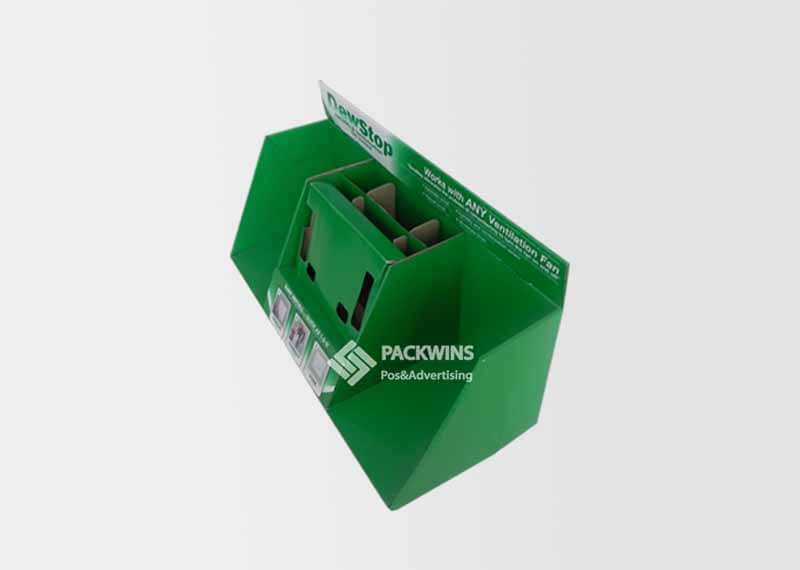
6. Innovations in Display Design: Multi-Functional Displays and Beyond
As consumers demand more versatile and functional retail experiences, cardboard displays are being designed with multi-functionality in mind. Brands are increasingly using cardboard displays that go beyond traditional point-of-purchase setups and serve multiple roles.
For instance, modern displays can be designed to house different product types, adapt to seasonal campaigns, or provide additional shelf space. Cardboard sidekick displays, floor displays, and counter displays can all be used interchangeably depending on the brand’s needs.
Furthermore, companies are experimenting with hybrid displays that combine cardboard with other materials like metal or plastic. These hybrid designs offer additional durability and aesthetic appeal, giving retailers the flexibility to use cardboard in a variety of settings, from grocery stores to luxury retail environments.
7. The Future of Cardboard Displays in Retail Marketing
Looking ahead, the future of cardboard displays is bright. With continued advances in technology, sustainability, and design, cardboard displays will remain an essential tool for retail marketing. We are likely to see more interactive features, such as digital screens or even AI-powered displays, integrated into cardboard structures.
Moreover, as consumers become more environmentally conscious, the demand for eco-friendly and recyclable displays will continue to rise. Retailers will increasingly look for ways to make their displays more sustainable without compromising on quality or impact.
Cardboard displays will also become more personalized, allowing brands to offer unique, tailored experiences that align with consumer preferences. The ability to change or adapt displays quickly and affordably will also remain a key advantage for businesses looking to keep their retail strategies fresh and relevant.
Conclusion
The evolution of cardboard displays in marketing reflects broader shifts in consumer preferences, technological advancements, and environmental concerns. From simple product holders to interactive, sustainable marketing tools, cardboard displays have proven to be adaptable and effective in driving sales and brand recognition.
As we move further into the digital age, cardboard displays will continue to evolve, offering new ways for brands to engage consumers both in-store and online. By staying attuned to the latest trends and innovations, businesses can continue to use cardboard displays as a powerful marketing tool that enhances the retail experience.


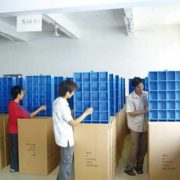

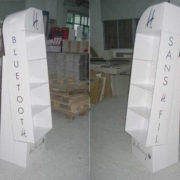
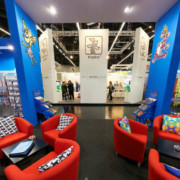


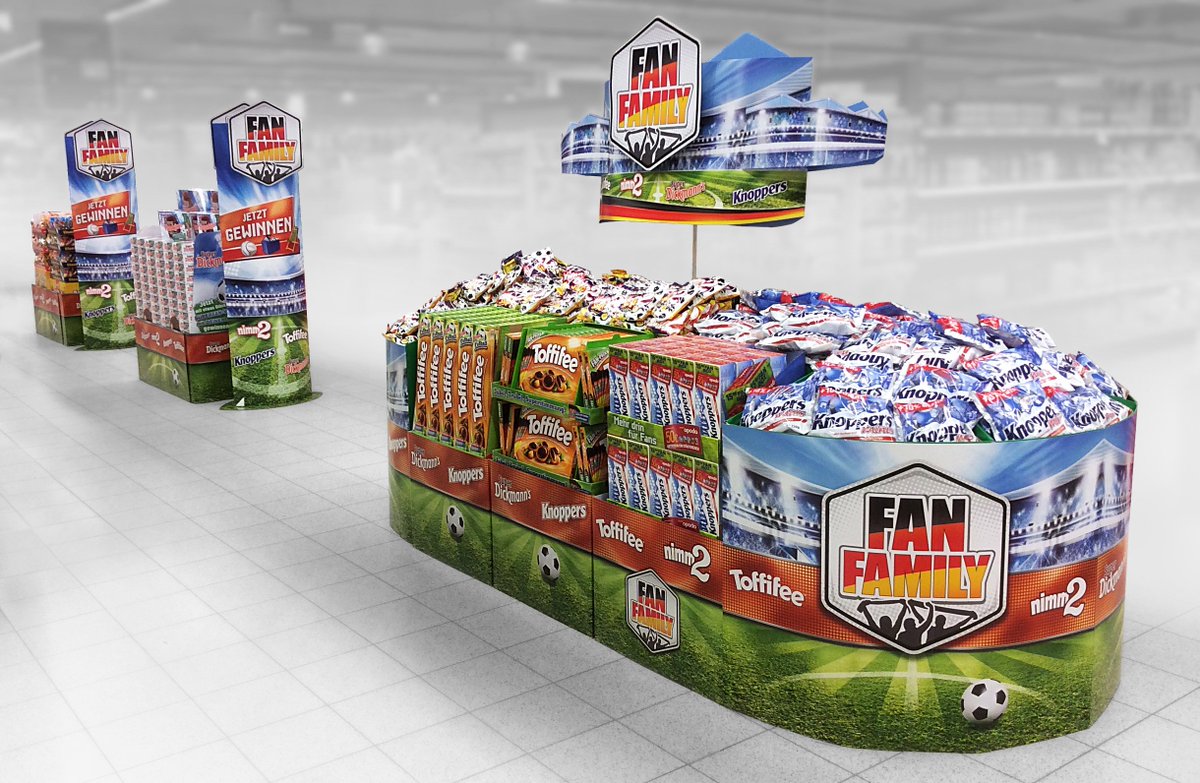
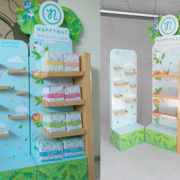


Leave a Reply
Want to join the discussion?Feel free to contribute!